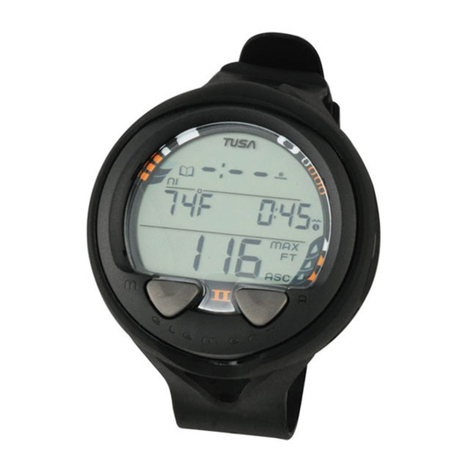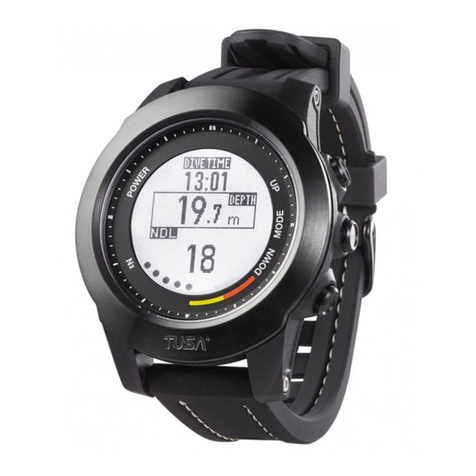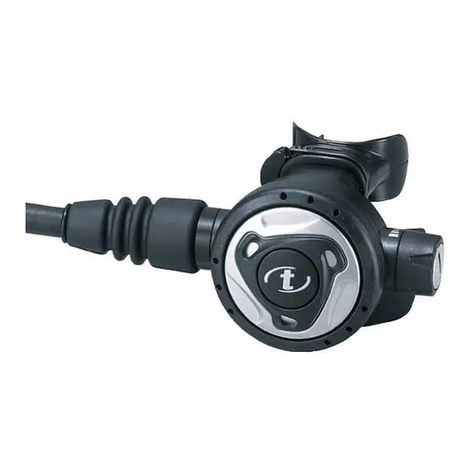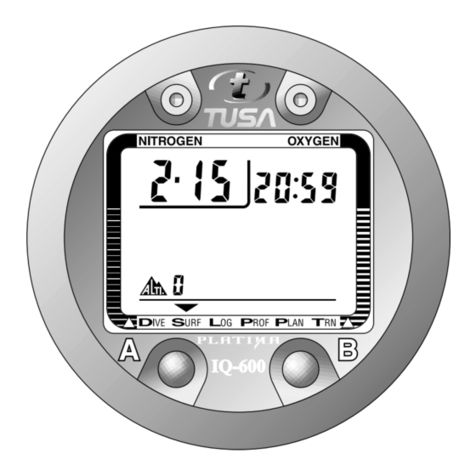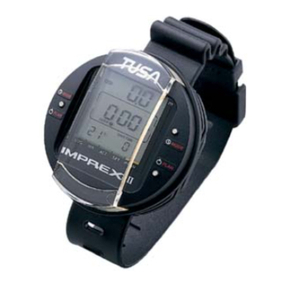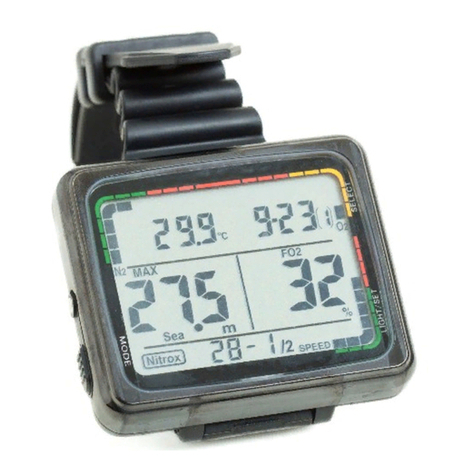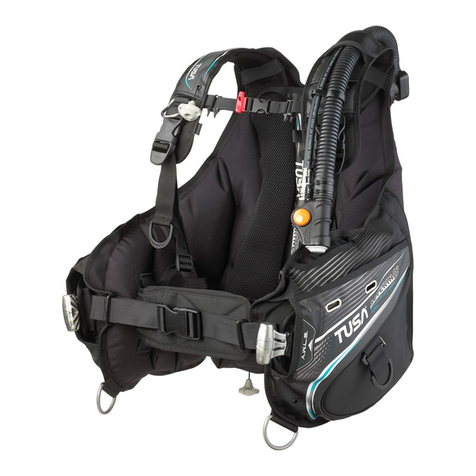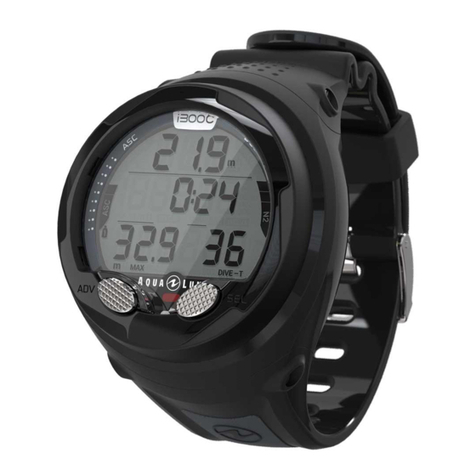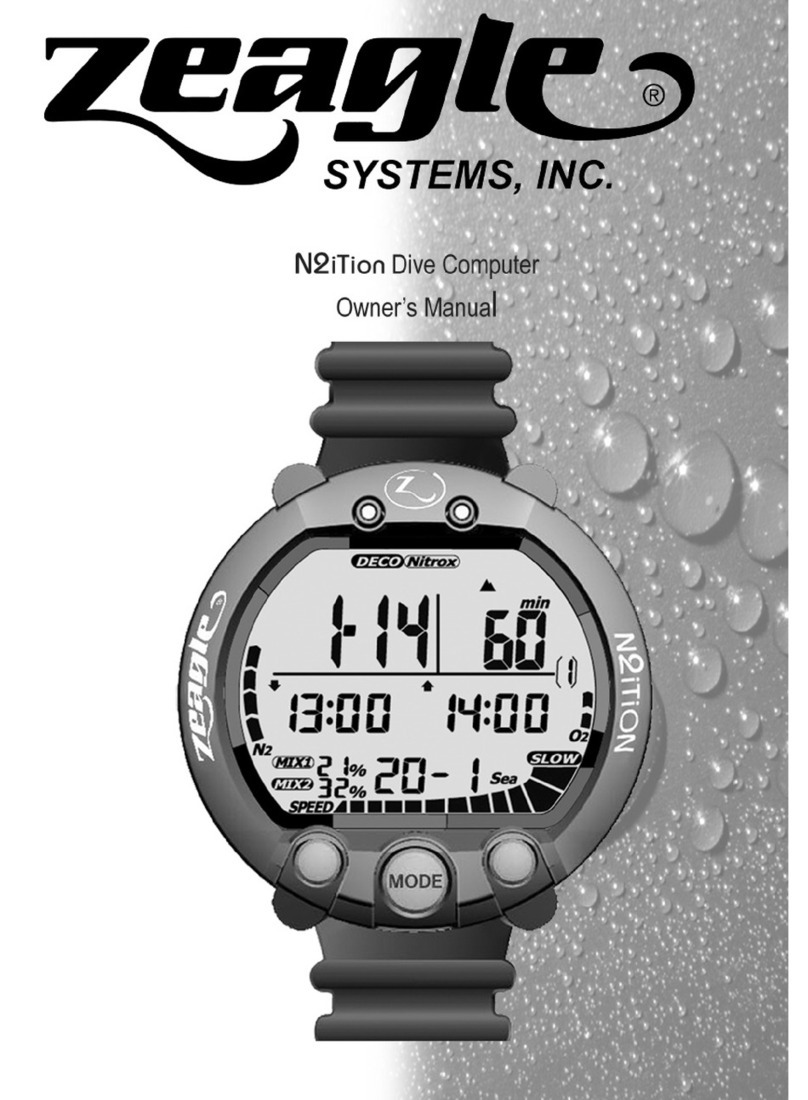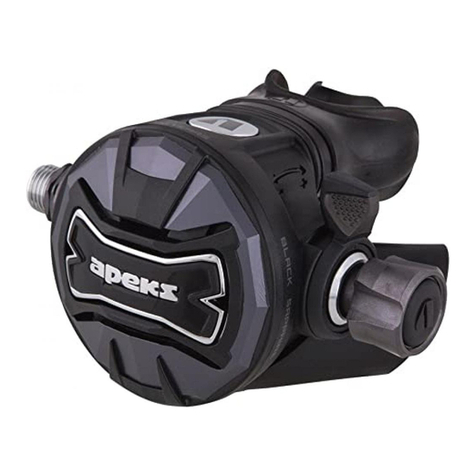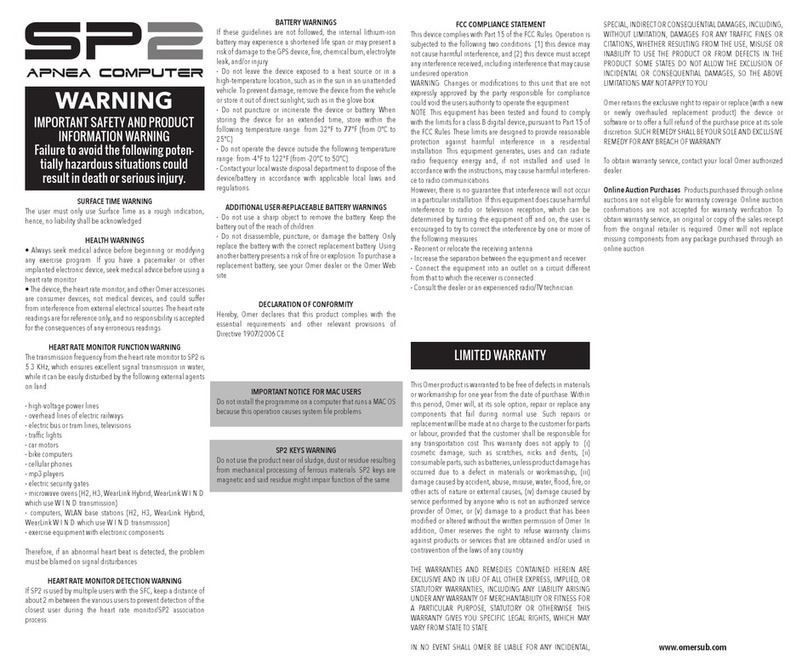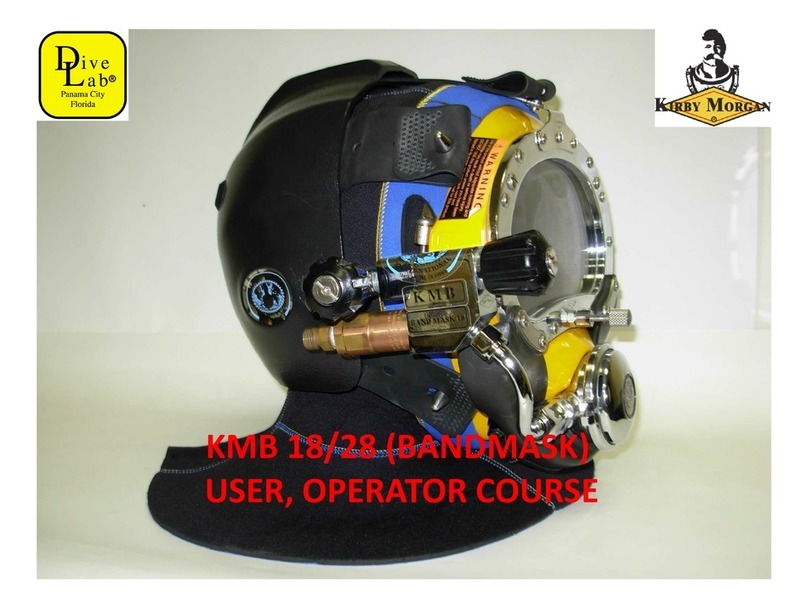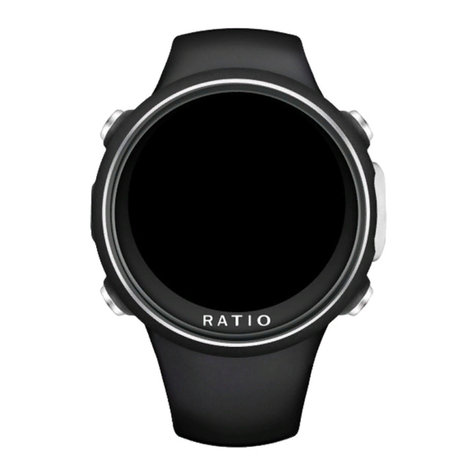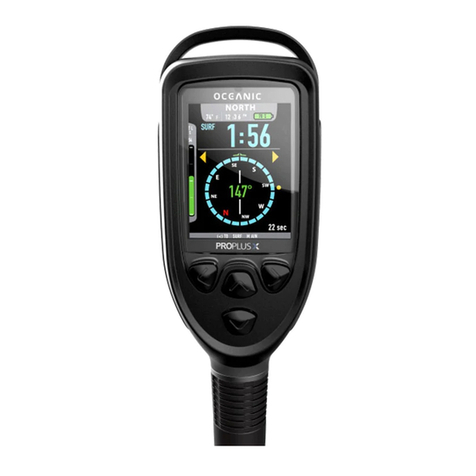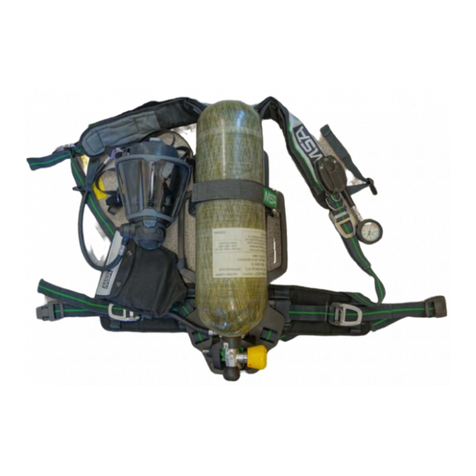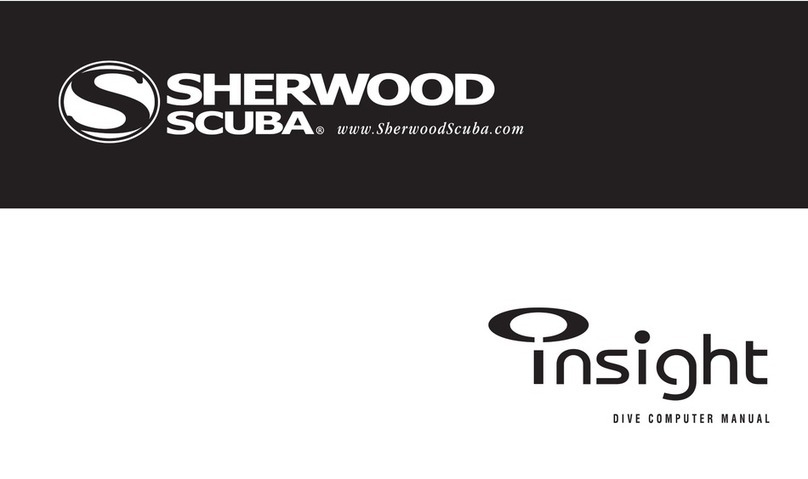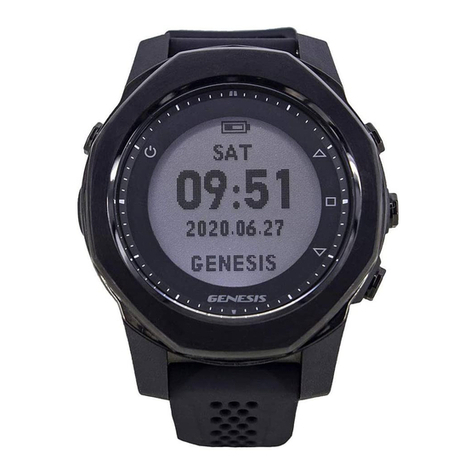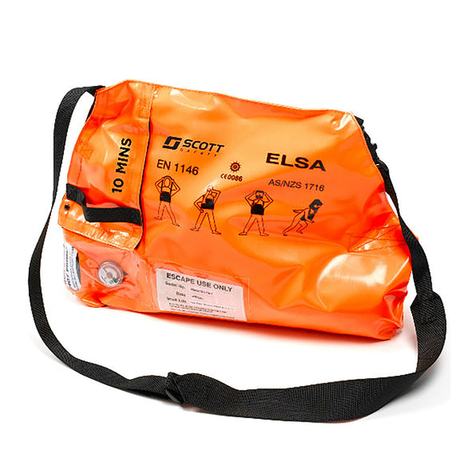GB
3
WARNING STATEMENTS
● This information has been put together for your safety. Please read and understand
this manual completely before using your new B.C.J.
● Prior to using this product, it is required that you receive training in buoyancy
compensation from an internationally recognized educational organization.
● You should also carefully read the owner’s manual and all instructions that
accompany this product before its use.
● Misuse of this product may result in uncontrolled ascents, descents, loss of
buoyancy and control which could lead to serious injury or death.
● Please Note: This B.C.J. is not a Coast Guard approved surface flotation device for
all users and conditions.
● Always inflate your B.C.J. slowly to avoid uncontrolled ascents. Rapid inflation can lead
to loss of control upon ascent which could result in air embolism, serious injury or death.
● A significant amount of practice is required in order to maintain a safe rate of ascent.
The Overpressure Valve cannot and should not be used to control or prevent
uncontrolled ascents.
● Do not add weight to the B.C.J. by placing them in the pockets, or other form of
attachment . Doing so may prevent you from easily releasing them in case of
emergency. Additionally, excess weight may reduce the buoyancy of the B.C.J. and
impair or prevent its proper operation.
● Your cummerbund and attachment straps should be adjusted for a comfortable and
proper fit. Your B.C.J. should not restrict your breathing when fully inflated. Check
all bands, straps, quick-disconnect buckle and the cummerbund for wear prior to
● Modifying your B.C.J. or using after-market accessories may prevent it from
functioning properly and could result in damage to the B.C.J. which may lead to
serious personal harm or death.
● Always examine your B.C.J. on a pre-dive, dive and post-dive basis. This will help
you identify equipment problems before they occur. Virtually all B.C.J. equipment-
related diving accidents can be prevented by following these simple warnings and
precautions. It is also strongly recommended to have your B.C.J.
checked regularly by your authorized TUSA dealer/service
center to ensure that the inflator and/or other mechanical
devices are operating properly.
● It is important to have the APA system serviced every 12 month or after 100 dives
(whichever comes first). Please see authorized dealer for overhaul.
● This equipment is designed to use standard air mixtures containing 21% oxygen
and 79% nitrogen. (the breathable air must be in compliance with EN 12021.)
Fill in your air cylinders only from certified compressors. If you have any doubt
concerning the quality of the air (e.g. smell) DON’T DIVE!
The addition of helium or other substances, or using different
mixtures may cause deterioration or corrosion of metal and rubber parts. Such
deterioration may lead to premature aging or failure. Non-standard air mixtures may
also increase the risk of fire or explosion.
● When storing, transporting in your car, or shipping the BCJ, do not have the inflator
